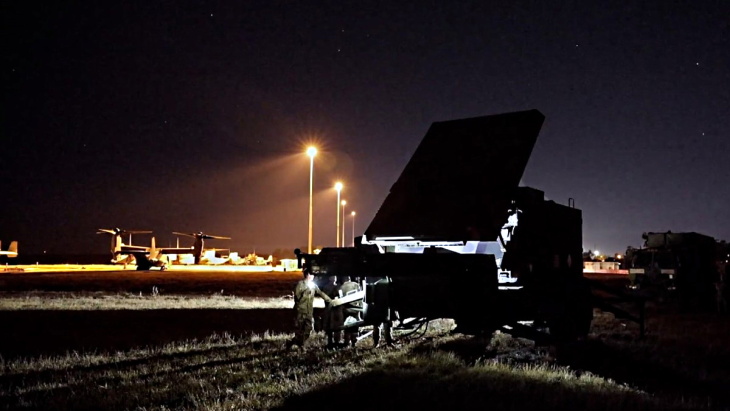The Sterile Insect Technique (SIT), a form of insect birth control, uses radiation to sterilize male mosquitos, which are then released to mate with wild females. As these do not produce any offspring, the insect population declines over time, the IAEA noted. SIT has been used for over 50 years to fight agricultural pests such as the Mediterranean fruit fly and has only recently been adapted for disease-transmitting mosquitos.
The IAEA and FAO have worked with the Swiss-American non-profit group WeRobotics for the last year to develop a drone-based mosquito release mechanism for use in the application of SIT to control insect pests.
Jeremy Bouyer, medical entomologist at the Joint FAO/IAEA Division of Nuclear Techniques in Food and Agriculture, said the use of drones is a breakthrough, and paves the way for large-scale and cost-efficient releases, also over densely populated areas. With the drone, 20 hectares can be treated in five minutes, he added.
Aedes mosquitos, responsible for the spread of diseases, do not disperse for more than 100 meters in their lifetime, creating a challenge for the effective application of SIT over large areas, the IAEA said. They are also fragile, and high-altitude releases by airplanes may damage their wings and legs.
Adam Klaptocz, co-founder of WeRobotics, said initial tests with the drone show less than 10% mortality through the entire chilling, transport and aerial release process.
Weighing less than 10 kilograms, the drone can carry 50,000 sterile mosquitos per flight and, at EUR10,000 (USD12,370) per drone, its use reduces the cost of releasing mosquitos by half. The IAEA and its partners are now working to reduce the drone's weight and to increase its capacity to carry up to 150,000 mosquitos per flight.
The push for the development of SIT to control mosquitos became more urgent as the Zika epidemic unfolded in Brazil and Latin America in 2015-2016, the IAEA said. Through its Technical Cooperation Programme, the Vienna-based organisation assisted affected countries to diagnose the disease and to boost regional capacity to apply SIT. Brazil plans to start using the drone-based system in selected urban and rural areas from next January.
The development of the drone was supported by a grant from the US Agency for International Development.

.jpg)



_69218.jpg)

_50545.jpg)
_28367.jpg)
_76087_55556.jpg)




